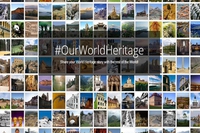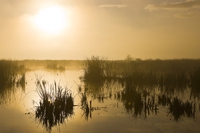
Half of all World Heritage Sites are threatened by human-related activities
Australia’s Great Barrier Reef with its multi-coloured biodiversity, Madagascar’s rainforests with their lemurs, Tanzania’s natural reserves, and Szechuan giant panda sanctuaries in China. These and many others natural and cultural treasures are at risk due to human-related economic activities. A report carried out by WWF shows that at least 114 out of 229 World Heritage








